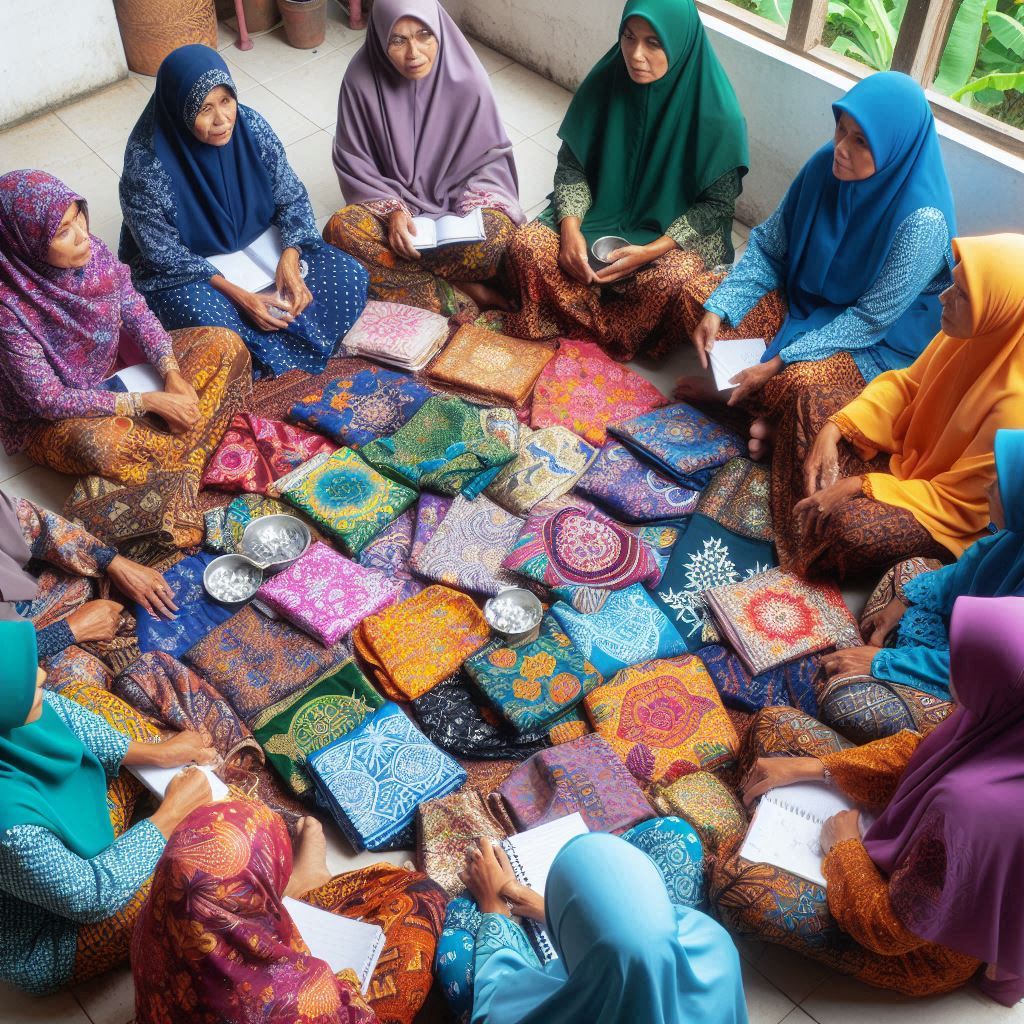
Microfinance Institutions as Drivers of Socioeconomic Growth
The growth of micro and small businesses is a concern for any government, considering their role as the backbone of a country's economy and their vulnerability to economic, social, political, and pandemic upheavals. Despite being at the bottom of the economic pyramid of a country, in this case, Indonesia, small and micro businesses have truly made a significant contribution in terms of real gross domestic product (GDP) contribution, employment absorption, and non-oil and gas foreign exchange earnings. This is evident in the report by the Ministry of Cooperatives and Micro, Small, and Medium Enterprises, the Ministry of Communication and Information Technology, and the Central Statistics Agency in 2019.
Although experiencing stagnation during the Covid-19 pandemic period of 2020-2022, small and micro enterprises have gradually begun to flourish and grow significantly from mid-2022 onwards.
The role of MSMEs is very important and very important for Indonesia's economic growth. MSMEs have a labor absorption rate of around 97 percent of the entire national workforce and have a contribution to GDP of around 57 percent. However, classic problems surrounding financing and business development still remain with MSMEs. The government noted that in 2014, of the 56.4 million MSEs throughout Indonesia, only 30 percent were able to access financing. Of this percentage, 76.1 percent received credit from banks and 23.9 percent accessed it from non-banks, including savings and loan businesses such as cooperatives. In other words, 60-70 percent of the entire MSME sector does not yet have access to financing through banking (Sarwono, H, Bank Indonesia 2015).
Read more from Dr. Michael Gunawan article on Manajemen ISMS Column at kompas.id -click here-
